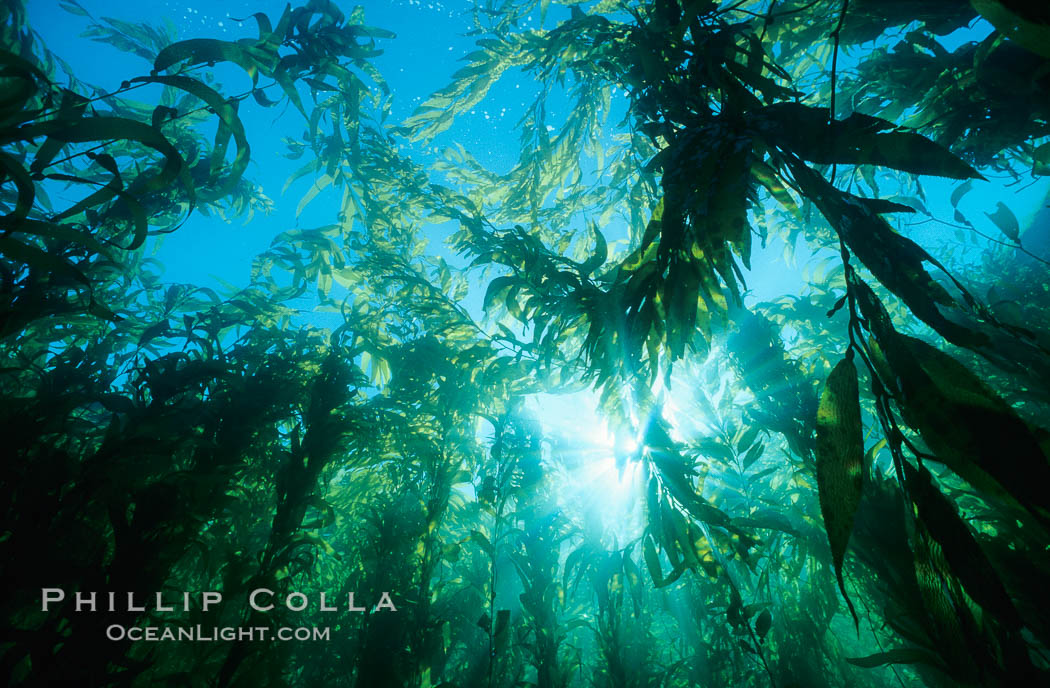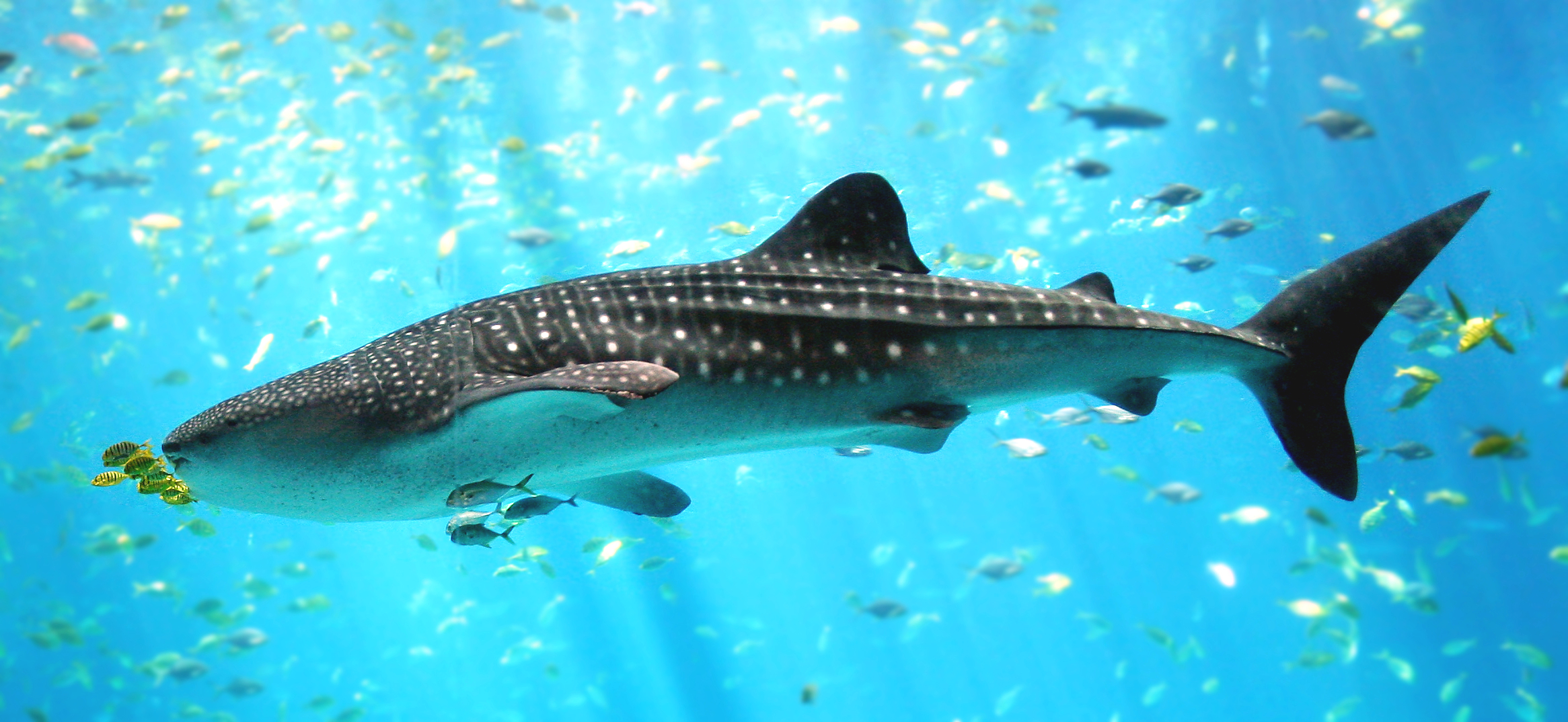What is the Great Barrier Reef? Well it is a biome, and is considered one of the seven natural wonders of the world! That's one reason we are so excited to get to visit here. The Great Barrier Reef holds thousands of different species of fish, and is one of the largest areas of biodiversity in the world.
The Great Barrier Reef is located about 9 to 95 miles off of Queensland, Australia (From different areas) but Queensland is where our flight tomorrow is going to be taking us!
The 1800-mile stretch of the Great Barrier Reef hugs the Queensland coast of Australia from Bundaberg to Cape York on the east side of the island. The reef is made up of a variety of extremely vivid colors produced by biotic factors, which pertain to life, proving to be the ultimate natural underwater experience for eager scuba divers. Included within the Great Barrier Reef ecosystem, or the system formed by the interaction of a community of organisms with their environment, are over 400 species of coral and 1500 species of tropical fish that produce these brilliant colors and provide a beautiful sight for tourists. (Source: http://great-barrier-reef-biome.wikispaces.com)
(http://www.travelstation.com.au/destination/queensland/great-barrier-reef/great-barrier-reef-map/)
Question: What's the capital of Australia?






